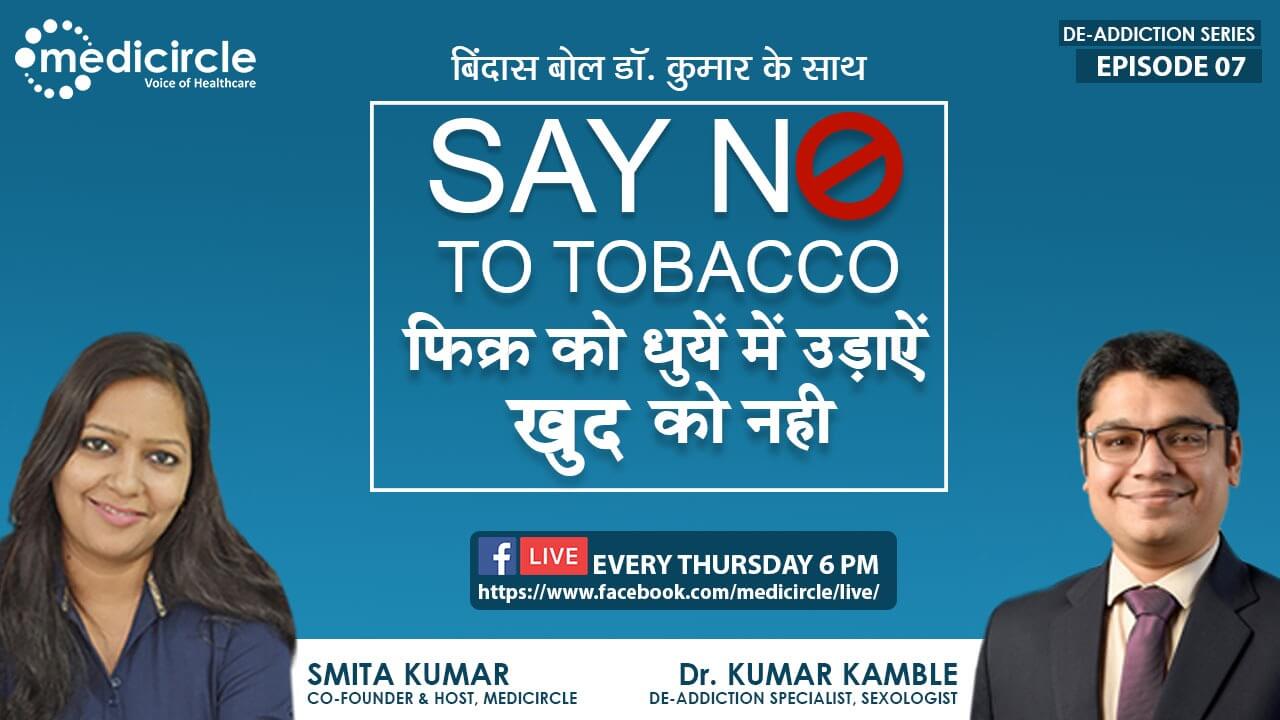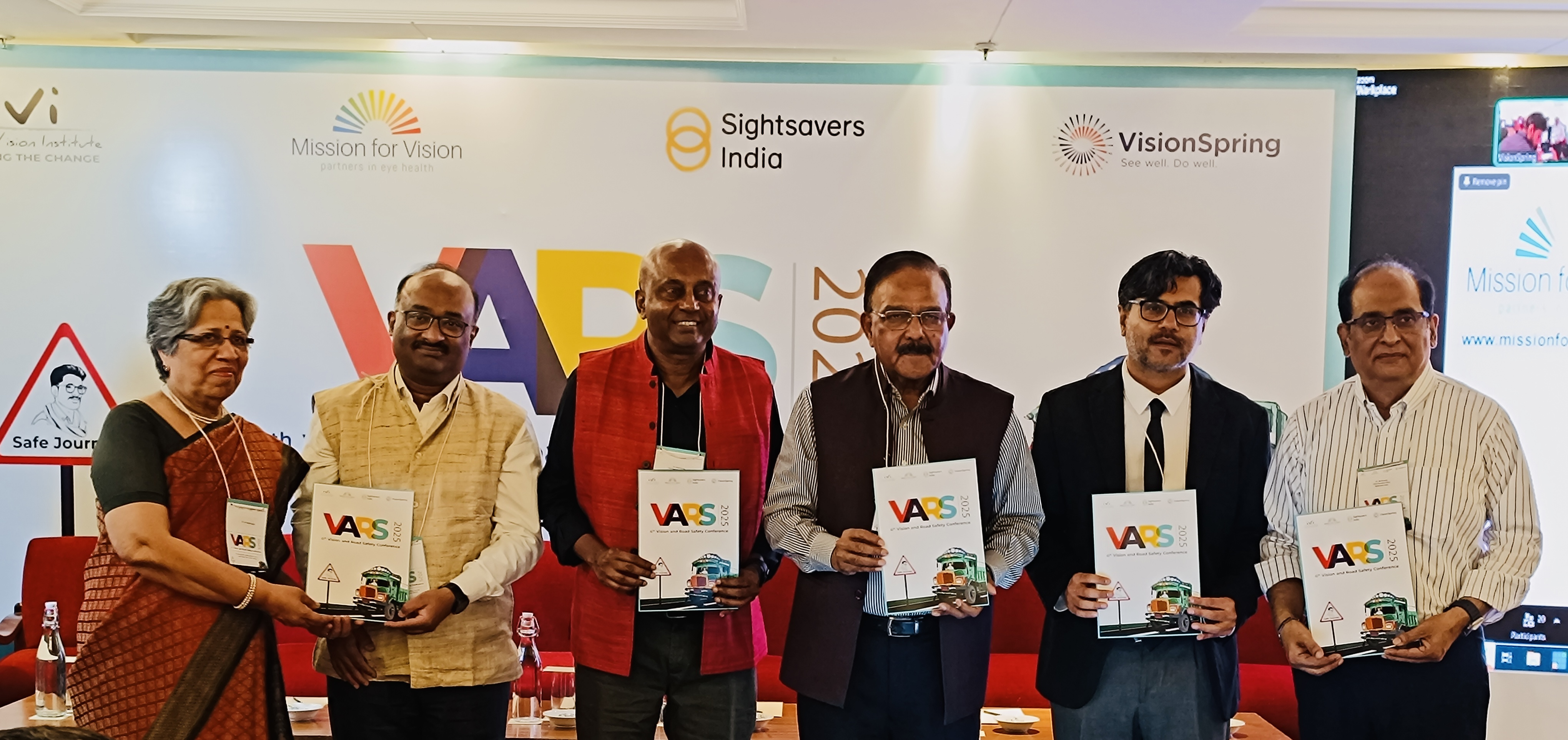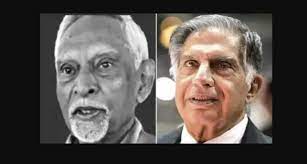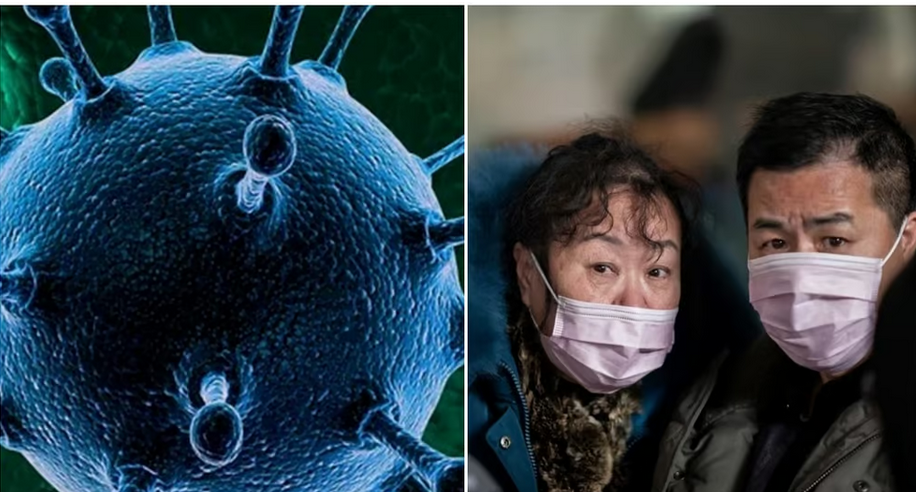NO TOBACCO DAY is observed on 31st May 2021. There are many side effects of tobacco. We will discuss with Dr.Kumar Kamble about the addiction and treatment for addiction and securing your future with de-addiction treatment. This episode 6 on Bindas Bol with Dr. Kumar Kamble - De-addiction Series deals with the addiction to tobacco and tobacco-related products.
Every Thursday, we at Medicircle conduct a special series called Bindas Bol with Dr.Kumar Kamble. Dr.Kumar Kamble is not only a professional sexologist but also a de-addiction specialist. Dr. Kamble has special expertise and experience in working with the King Edward Memorial Hospital in the Deaddiction center for 4 years.
At Medcircle, we are presenting the Ask The Expert Series on De-Addiction titled Bindas Bol with Dr. Kumar Kamble. Today, we are going to discuss tobacco addiction and how to treat it.
Dr.Kumar Kamble is an expert Psychiatrist, De-addiction Specialist, Sexologist, Speaker, Mental and Sexual Health Educator. He is also associated with the Umang Clinic. He has worked with King Edward Memorial Hospital in the Deaddiction center for 4 years as a Medical Office Coordinator. Based on his rich clinical expertise in de-addiction, we have come up with the next series on De-addiction.
Dr. Kumar Kamble says, “The NO TOBACCO DAY is observed on 31st May Every year as per WHO (World Health Organization ). The day is observed to promote the awareness about harmful effects of tobacco and to prevent tobacco addiction.”
Types of Tobacco
Dr.Kamble informs, “ The tobacco-related products are as follows:
Tobacco on gums Khaini Cigarette Gutkha Pan Mawa Khara Inhaled tobacco Phaki
There are three modes of tobacco ingestion
Smokeless tobacco Chewable tobacco Smoked tobacco
Everyone must be aware of tobacco-related products so that they avoid the consumption of tobacco."
Different forms of smoked tobacco
Dr. Kamble informs, ”The product used in hookah bars is nicotine. Nicotine is an addictive substance in tobacco products. Nicotine directly affects the brain and hampers the brain.
Hookah Bars- The hookah bars contain some amount of tobacco and nicotine-related products.
E-cigarettes- There are E-cigarettes also available which are banned now.
Pen- Hookah- The use of pen hookah was available outside many schools. The pen hookah was suggested to have flavored liquid but definitely contain nicotine which is addictive.”
Tobacco is the gateway to addiction
Consuming tobacco-related products results in addiction. This results in a gateway to other addictive products which may result in experimenting with them. In the future, this may cause drug dependency.
Do not consume any tobacco or tobacco-related products. Tobacco is a gateway drug to addiction. All kinds of tobacco are harmful whether smoked or smokeless.
Active smoking V/S Passive smoking
Dr. Kamble says, “This question might come into many people’s minds about active and passive smoking. The fact is that chewing tobacco may not harm others. Chewing tobacco and spotting it can transmit the problem to others causing airborne infection increasing chances of Tuberculosis. Smokeless tobacco can cause a negative impact on the pregnant mother and child. Smokeless tobacco can have an indirect impact on others.”
Tobacco Anti-craving medicines
Dr.Kamble informs, “There are many anti- cravings medications available over the counter which do not require a prescription. They are Nicotine replacement products like chewing gums. The nicotine replacement chewing gum should be used when you get the urge for tobacco. Intake of the nicotine replacement gum should be done in the correct way between the gums and the teeth. This leads to the slow dissolving of the gum and reduces the craving for nicotine. One chewing gum can be beneficial for 20 - 30 minutes. This reduced the tobacco craving Nicotine patches and Nicotine lozenges are also available.”
Alcohol Anti craving medications
Dr.Kamble says, “There are many combination medicines available for alcohol addiction. There are no OTC medications for alcohol anti-craving medicines. The prescription for alcohol anti-craving medicines is made by the doctor depending on the body status of the patient. Along with medications prescribed by the doctor, behavioral changes should also be made. For example, instead of chewing tobacco, one can chew mouth fresheners or some natural herbs. Medical and psychological counseling is important to curb the cravings.”
Adverse effects of the tobacco addiction
Dr. Kamble informs, ”The attraction to addiction and novelty seeking is very normal. But it is required to pay attention to the consequences and harmful effects of addiction. This makes us responsible for falling prey to addiction. Young people should know the harmful effects on the brain due to addiction. The growth of the brain and body gets hampered with time creating adverse effects on the overall well-being. Teenage to adulthood transition may get hampered due to addiction. COPD, cancers, diabetes, and many other diseases can be related to the consumption of tobacco. Today, In 2021, if you are consuming tobacco, then it affects lung immunity and increases the chances of COVID. Tobacco reduces hunger and this affects the immunity levels of an individual.”
Tobacco addictions make you more prone to addiction
Dr. Kamble states, “The tobacco addiction makes you more prone to infection. Smoked tobacco impacts the local immunity of the lung. A cigarette contains 4000 adverse chemicals that have a negative effect on our system. The most dangerous products present in cigarette smoke are tar and carbon monoxide. Stopping addiction and cigarette smoking is beneficial for the heart and lungs.”
Life issues can lead to addiction
Dr. Kamble informs, “Alcohol intake and smoking will not solve the issue in your life. It is important to deal with the issues in the right way. Entering addiction is giving rise to other problems in life. Life issues are normal and bound to happen. This has also created a great impact on the young population through movies. Social media is responsible for teaching us to cope with addiction positively.”
(Edited by Dr.Rati Parwani)

 Dr. Kumar Kamble gives an understanding of tobacco addiction and how to overcome it.
He gives out an important message about the “NO TOBACCO DAY†by telling us the harmful effects of tobacco
Dr. Kumar Kamble gives an understanding of tobacco addiction and how to overcome it.
He gives out an important message about the “NO TOBACCO DAY†by telling us the harmful effects of tobacco









.png)
.png)









.jpeg)



.jpg)




.jpg)





.jpeg)

.jpg)


